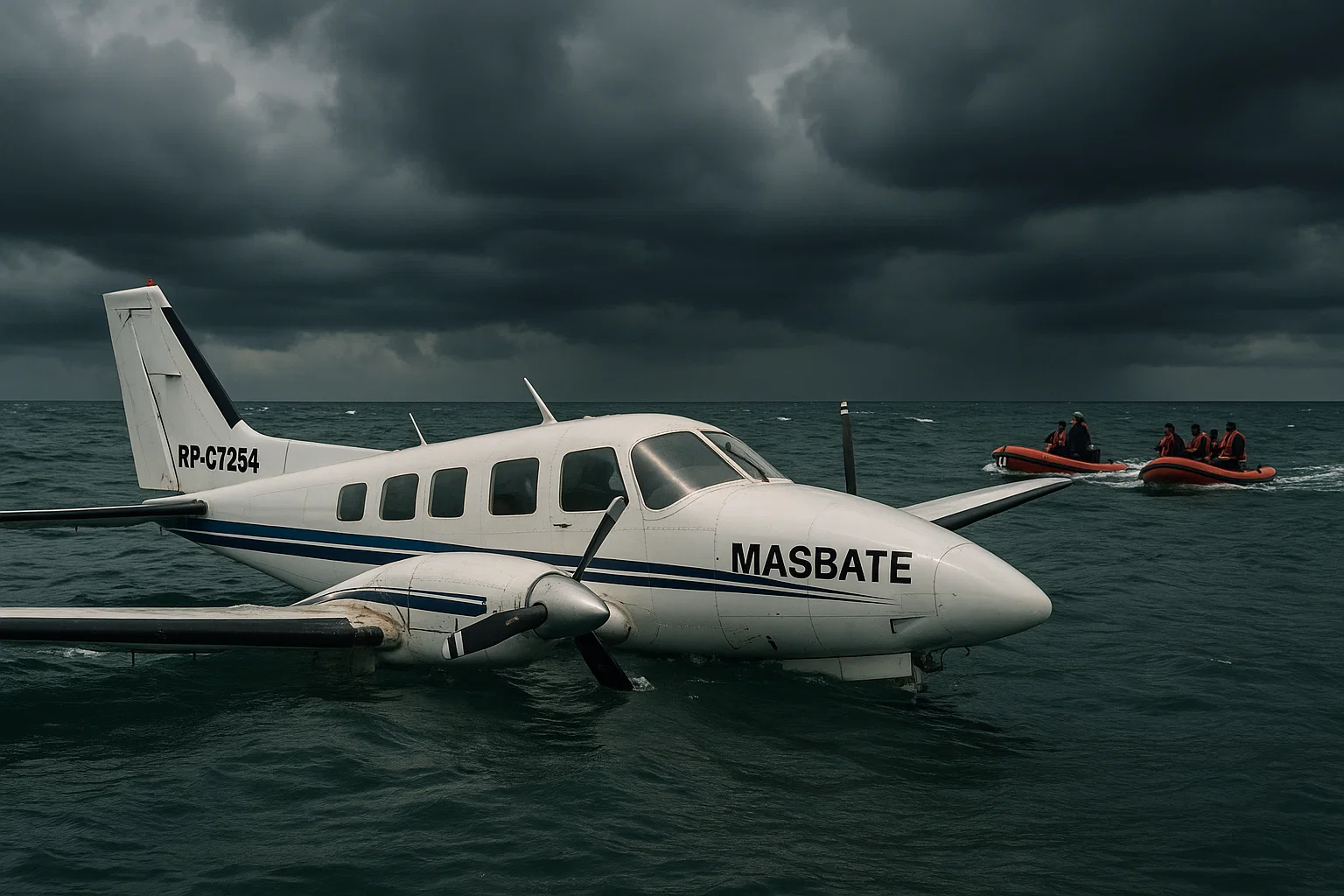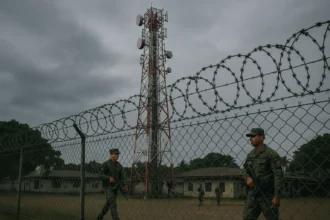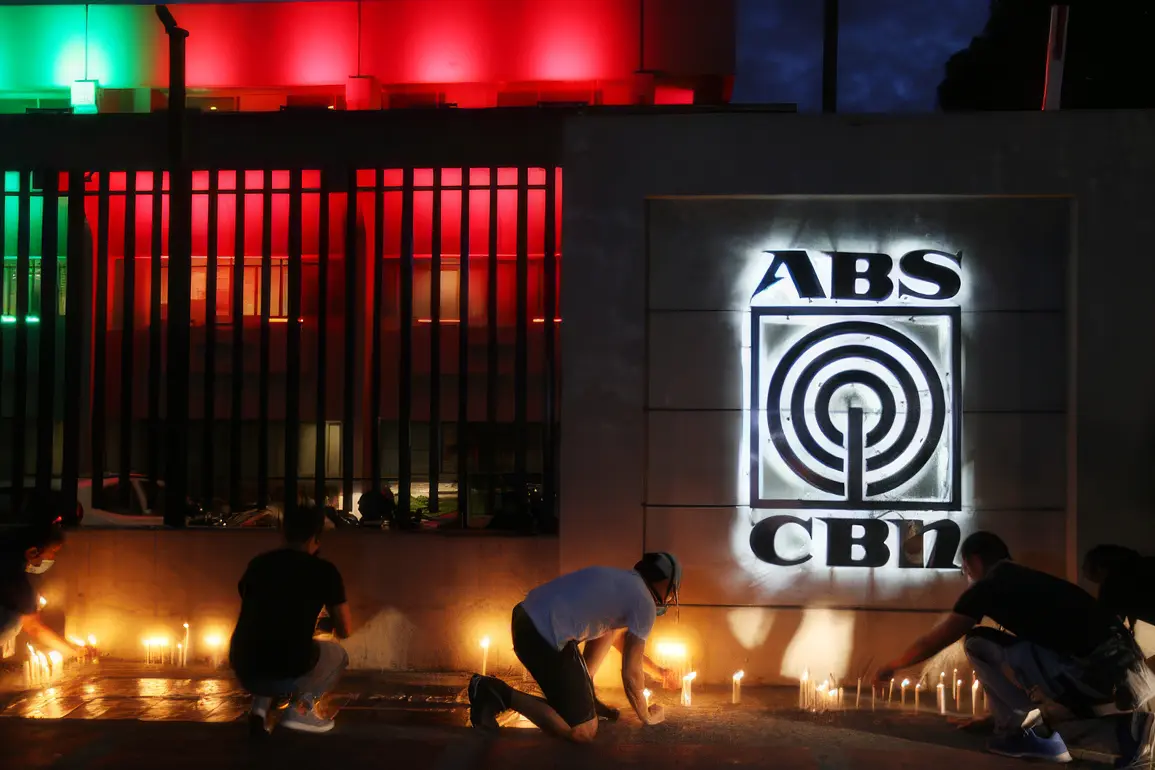On August 18, 2012, the Philippines lost one of its most respected public servants. Jesse Robredo, then Secretary of the Interior and Local Government (DILG), died when a small aircraft carrying him and two pilots plunged into the waters off Masbate. The official narrative points to an accident caused by mechanical failure and bad weather. Yet over a decade later, whispers of a Robredo death conspiracy still circulate — painting a more complicated picture of what might have happened that day.
- 📜 Jesse Robredo’s Rise in Philippine Politics
- 📍 The Day of the Crash — August 18, 2012
- 🚨 Eyewitness Accounts and Rescue Operations
- 🗂 Official Investigation Findings
- 🕵 Main Theories on What Happened 🕵
- 📅 Table 1: Timeline of Events — August 18–21, 2012
- 📰 Media Coverage and Public Perception
- 🧩 Table 2: Official Findings vs. Alternative Theories
- 🏛 Political Climate During Robredo’s Tenure
- 🔍 Comparison to Other Mysterious Political Deaths in the Philippines
- 📌 Frequently Asked Questions (FAQ)
- 🕯 Final Reflection
This is not just the story of a crash. It is the story of a man’s political journey, the circumstances of his death, and the lingering question: Was it truly an accident?
📜 Jesse Robredo’s Rise in Philippine Politics
Before becoming a cabinet member, Jesse Robredo was best known as the six-term mayor of Naga City, where he transformed a struggling city into a model of transparency and citizen participation. His leadership style — humble, approachable, and results-driven — earned him national recognition. In 2000, he was awarded the Ramon Magsaysay Award for Government Service, Asia’s equivalent of the Nobel Prize.
In 2010, President Benigno “Noynoy” Aquino III appointed him DILG Secretary. Robredo focused on reforming local governance, curbing police corruption, and empowering communities. But his rise also made him enemies, particularly among entrenched political interests and corrupt police officials whose power he threatened.
Many remember him as a “servant leader,” a rare breed in Philippine politics. That legacy made his death not only a personal tragedy for his family but also a profound loss for reform advocates nationwide.
📍 The Day of the Crash — August 18, 2012
On that Saturday, Robredo was scheduled to attend a speaking engagement in Cebu but decided to return to Naga City earlier than planned to surprise his family. He boarded a Piper Seneca plane, a small twin-engine aircraft, with pilots Jessup Bahinting and Kshitiz Chand. The weather was less than ideal — overcast skies and gusty winds.
Midway through the flight, the aircraft reportedly experienced engine trouble. The pilots attempted an emergency landing at Masbate Airport. They never made it. The plane crashed into the sea just a kilometer off the coast.
Key Facts About the Crash ✈
- Date: August 18, 2012
- Aircraft: Piper Seneca (PA-34)
- Location: Near Masbate Airport, Philippines
- Passengers: Jesse Robredo, Jessup Bahinting (pilot), Kshitiz Chand (co-pilot)
- Survivors: None
- Weather: Overcast, moderate winds
- Mission: From Cebu to Naga City, emergency landing attempt in Masbate
🚨 Eyewitness Accounts and Rescue Operations
Local fishermen were among the first to respond, reaching the crash site minutes after impact. Some claimed they saw the plane descend at a sharp angle before disappearing into the water. Rescue divers and the Philippine Coast Guard joined the search, recovering Robredo’s body three days later.
The retrieval was heavily covered by the media, with images of somber Navy divers emerging from the sea carrying the late secretary’s remains. For the nation, it was a moment of collective grief.
🗂 Official Investigation Findings
The Civil Aviation Authority of the Philippines (CAAP) led the investigation. Their report concluded that the crash resulted from engine failure compounded by pilot error. The right engine had reportedly lost power, forcing the pilots to attempt a single-engine landing — a maneuver that proved fatal in the prevailing weather conditions.
The CAAP also cited inadequate pilot training for emergency scenarios and questioned maintenance practices by the aircraft’s operator. Officially, there was no evidence of foul play.
🕵 Main Theories on What Happened 🕵
Despite the official explanation, alternative theories emerged almost immediately:
- Sabotage: Some believe the plane was tampered with to ensure Robredo would not survive.
- Political Silencing: Robredo’s anti-corruption stance may have made him a target.
- Cover-Up: Allegations that certain investigation details were deliberately left out.
- Accident: Supporters of the official account maintain it was purely a tragic mishap.
- Pilot Misjudgment Under Pressure: Even with engine trouble, better decisions might have saved the flight.
📅 Table 1: Timeline of Events — August 18–21, 2012
| Date/Time | Event Description |
|---|---|
| Aug 18, 4:00 PM | Robredo boards Piper Seneca in Cebu |
| Aug 18, 4:30 PM | Aircraft reports engine trouble |
| Aug 18, 4:45 PM | Attempted emergency landing at Masbate Airport |
| Aug 18, 4:50 PM | Plane crashes into the sea near Masbate |
| Aug 19 | Search and rescue continues |
| Aug 21 | Robredo’s body recovered |
📰 Media Coverage and Public Perception
The crash dominated Philippine headlines for weeks. Media outlets portrayed Robredo as a hero and a model public servant. The emotional funeral, attended by thousands, solidified his image as a leader who served with integrity.
However, some journalists began probing inconsistencies in the investigation. Why was the aircraft allowed to operate despite alleged maintenance issues? Why did it take three days to recover his body when the crash site was close to shore? These questions fueled Robredo death conspiracy discussions online and in coffee shop conversations across the country.
🧩 Table 2: Official Findings vs. Alternative Theories
| Aspect | Official Findings | Alternative Theories |
| Cause of crash | Engine failure + pilot error | Sabotage, mechanical tampering |
| Political motive | None found | Eliminate reformist DILG Secretary |
| Investigation integrity | Sound, based on CAAP standards | Cover-up of politically sensitive details |
| Aircraft condition | Questionable maintenance practices | Deliberately neglected for planned failure |
🏛 Political Climate During Robredo’s Tenure
At the time, Robredo was pushing for sweeping reforms in the police force, targeting rogue cops and organized crime syndicates with political connections. He had also begun investigating local officials accused of misusing disaster funds. In a political landscape where challenging entrenched powers can be dangerous, these actions may have made him enemies.
His relationship with some factions within the DILG and police was tense. Allies say he remained undeterred by political backlash, but critics argued his reforms were too aggressive.
🔍 Comparison to Other Mysterious Political Deaths in the Philippines
Robredo’s death echoes other controversial incidents, such as:
- The 1983 assassination of Benigno “Ninoy” Aquino Jr. at Manila International Airport.
- The 2000 crash that killed Sarah Balabagan’s lawyer, Orlando S. Rivera, under suspicious circumstances.
- The 2009 Maguindanao massacre, involving journalists and political rivals silenced through violence.
While each case is unique, they share a pattern: powerful figures dying under contested circumstances, with official explanations often doubted by the public.
📌 Frequently Asked Questions (FAQ)
Q: Was foul play ever proven in Robredo’s death?
A: No official investigation has proven foul play. While conspiracy theories persist, the CAAP’s findings attribute the crash to mechanical failure and pilot error.
Q: Why do some believe in the Robredo death conspiracy?
A: His anti-corruption campaigns and political independence may have threatened powerful figures. Unanswered questions about the crash’s circumstances also fuel suspicion.
Q: What changes in aviation safety followed the crash?
A: The incident prompted stricter aircraft maintenance regulations and pilot training requirements, especially for emergency scenarios in small aircraft.
Q: Did the Robredo family endorse conspiracy theories?
A: Publicly, the family accepted the official findings but called for better aviation safety standards to prevent similar tragedies.
Q: How did the crash affect Philippine politics?
A: Robredo’s death removed a key reformist voice from the Aquino administration. It also elevated the political profile of his widow, Leni Robredo, who would later become Vice President.
Q: How was the crash covered internationally?
A: Global media outlets reported it as a tragic loss of a respected leader, focusing on his reformist achievements and the nation’s mourning.
Q: Could the crash have been prevented?
A: Some aviation experts believe better maintenance and pre-flight checks could have averted the mechanical failure, while others argue it was an unavoidable accident.
Q: Is the case closed?
A: Officially, yes. But in the public’s mind, the story remains open-ended.
🕯 Final Reflection
The Jesse Robredo plane crash stands as one of the most emotionally charged events in recent Philippine political history. Whether seen as a tragic accident or a calculated act, it has left an enduring mark on the nation’s collective memory. His death serves as a reminder of how fragile life is — and how, in the realm of politics, tragedy often comes with shadows of suspicion.
As Filipinos continue to debate what really happened, one question lingers: Has the full truth been revealed, or will it remain forever submerged in the waters off Masbate?




